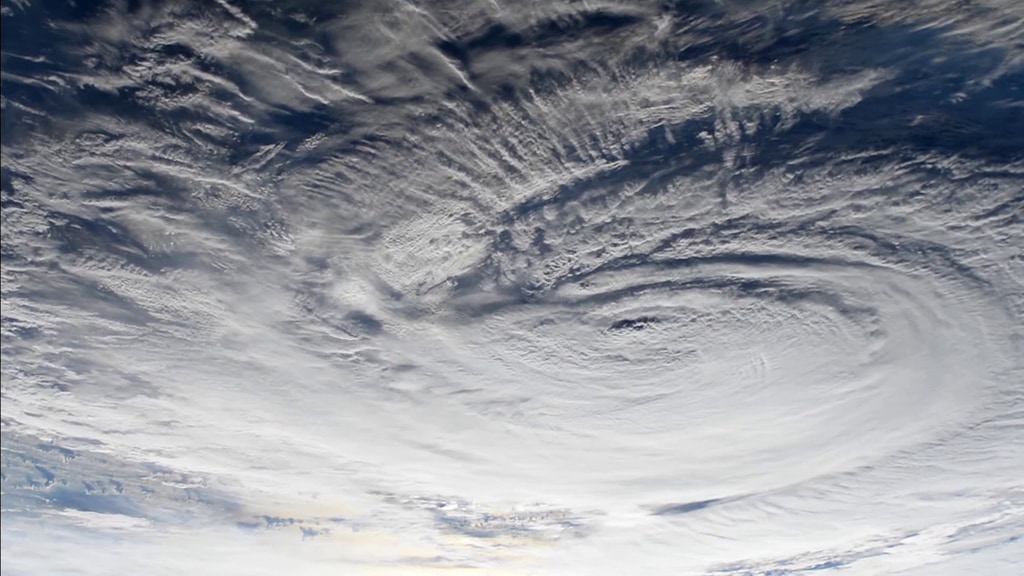NOAA and NASA Ready to Launch Crucial New Earth-Observing Satellite Live Shots

Quick link to EDITED B-ROLL
Quick link to GOES-T resource page
Quick link to canned interview with NOAA GOES-R Program Chief of Staff Kevin Fryer
Whether you are tuning in to your local weather report to get the latest storm predictions, or checking today’s temperature on your phone - the data for those forecasts come in large part from NOAA satellites. On March 1, NASA will launch a vital new satellite for NOAA, GOES-T. This new satellite will join NOAA’s GOES fleet, a system of satellites that monitors weather both on Earth and in space. For meteorologists, this fleet provides critical data to help deliver life-saving forecasts and warnings. Banner in Spanish Supplemental B-roll with questions. TRT: 03:43 Edited B-ROLL for the live shot interviews. Contains short clips of b-roll for each suggested question on the advisory. Video is separated by slates with the question it goes with. Canned interview with Kevin Fryar / GOES Program Chief of Staff. TRT 7:20. SOTS are separated by a slate with the question on it. Full transcript available under the download button See the following sources:
Once GOES-T’s instruments have been checked out on orbit, NOAA will position the renamed “GOES-18” to watch over the U.S. West Coast, Alaska, Hawaii, Mexico, Central America and the Pacific Ocean. GOES-18 will be ideally located to detect and monitor weather systems and environmental hazards that most affect this region of the Western Hemisphere, such as atmospheric rivers, wildfires, fog, volcanic eruptions, and Pacific hurricanes.
Live interviews will be offered on March 1, 2022 from 6:00 a.m. to 1:00 p.m. EASTERN TIME.
Click here to request an interview: https://forms.gle/2HyU5ZgzmgdsJ6aLA
Suggested Anchor Intro:
(We/Our) Meteorologists bring you forecasts everyday and NOAA GOES satellites are a key factor in delivering the most accurate predictions. Today, NOAA and NASA will launch a new weather observing satellite, NOAA’s GOES-T. The third of its kind, GOES-T will not only help us prepare for weather on Earth– it will track space weather, too! Here to tell us more about it is NOAA expert xxxxxx.
Suggested Questions:
1. NOAA and NASA are launching an important Earth-observing satellite today. Can you tell us about the GOES-T satellite?
2. Can you explain why geostationary orbit is important and how the GOES mission helps our viewers get accurate, and even life-saving, weather data?
3. In recent years, we have seen quite a few environmental hazards across the globe including a surprising pressure wave from the volcanic eruption in Tonga and the wildfires in the western U.S. We have some of those images– can you tell us how GOES-T will help us when those types of events happen?
4. GOES-T is going to observe more than just weather on Earth– it will also monitor space weather! Can you tell us more about what space weather is and why we monitor it?
5. Where can our viewers go to learn more about GOES-T
NOAA.GOV/GOEST
@NOAASatellites
* Ciencia.nasa.gov
Longer Interview Questions:
6. The GOES fleet is a workhorse and has a lot of capabilities that may surprise you. Can you tell us about some of the surprising things GOES can do?
7. Other than helping meteorologists, who else/what industries will GOES-T help when it comes to safety?

For More Information
Credits
Please give credit for this item to:
NASA's Goddard Space Flight Center
-
Producers
- Jessica Sansarran (NASA)
- Michelle Handleman (KBR Wyle Services, LLC)
- Christina Brooke Mitchell (KBR Wyle Services, LLC)
- Katrina Jackson (USRA)
-
Editor
- Elizabeth C. Wilk (KBR Wyle Services, LLC)
Release date
This page was originally published on Tuesday, February 22, 2022.
This page was last updated on Wednesday, May 3, 2023 at 11:44 AM EDT.

![Music: “Enduring Faith,” by Frederik Wiedmann [BMI]; Icon Trailer Music; Universal Production MusicAdditional GOES-T Footage Courtesy of:Lockheed MartinAdditional Wildfire Footage:CALFIRE_Official/flickr under CC BY-NC 2.0National Interagency Fire CenterCALFIRE_Official/Alaska Fire Service/flickr](/vis/a010000/a014100/a014108/14108_WildfireDetectionandMonitoring_FINAL.03921_print.jpg)
![GOES-T Overview and Upcoming Launch Music: "Spacey Wave," by JC Lemay [SACEM]; Koka; Universal Production MusicAdditional footage provided by Lockheed Martin](/vis/a010000/a014000/a014073/GOEST_Overview_FINAL.01901_print.jpg)




